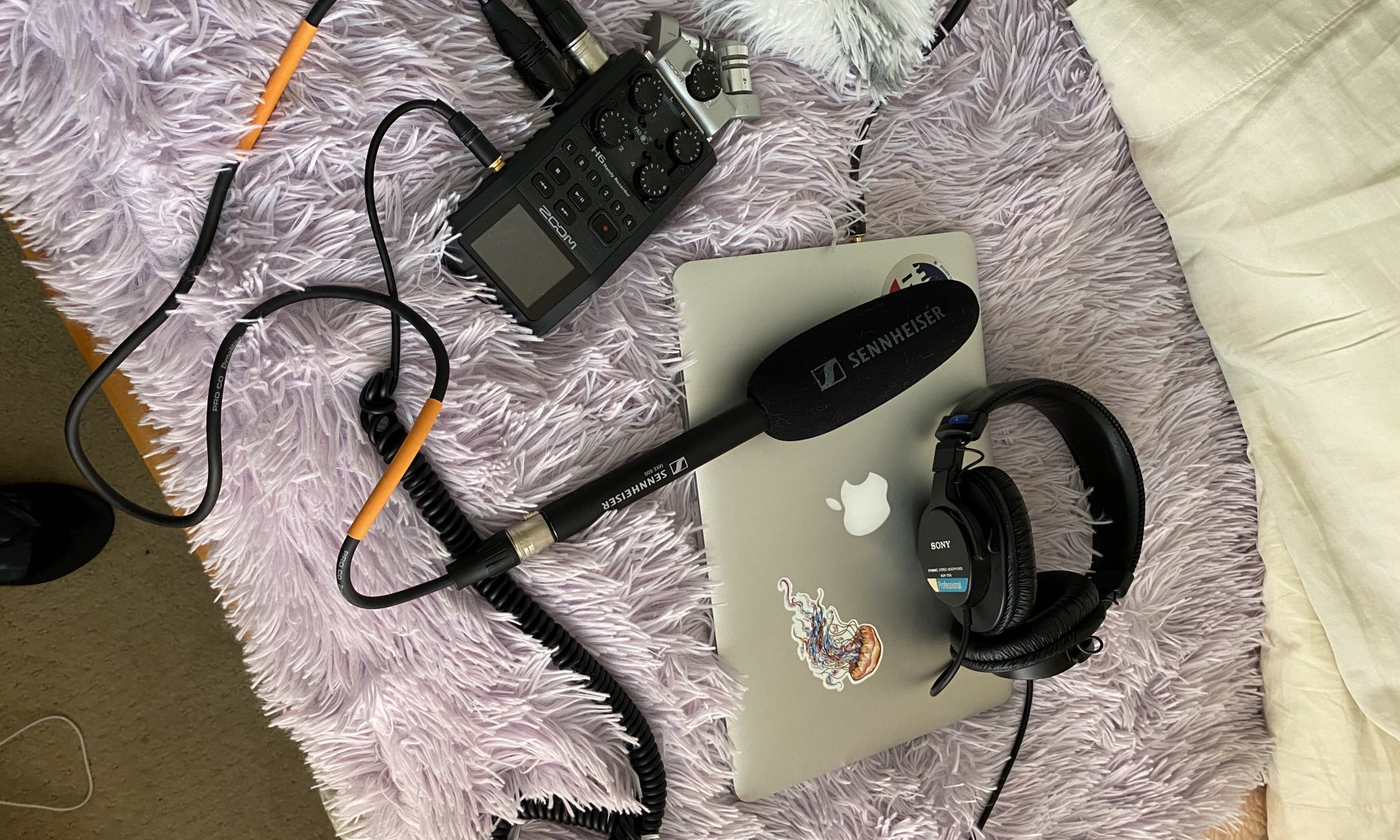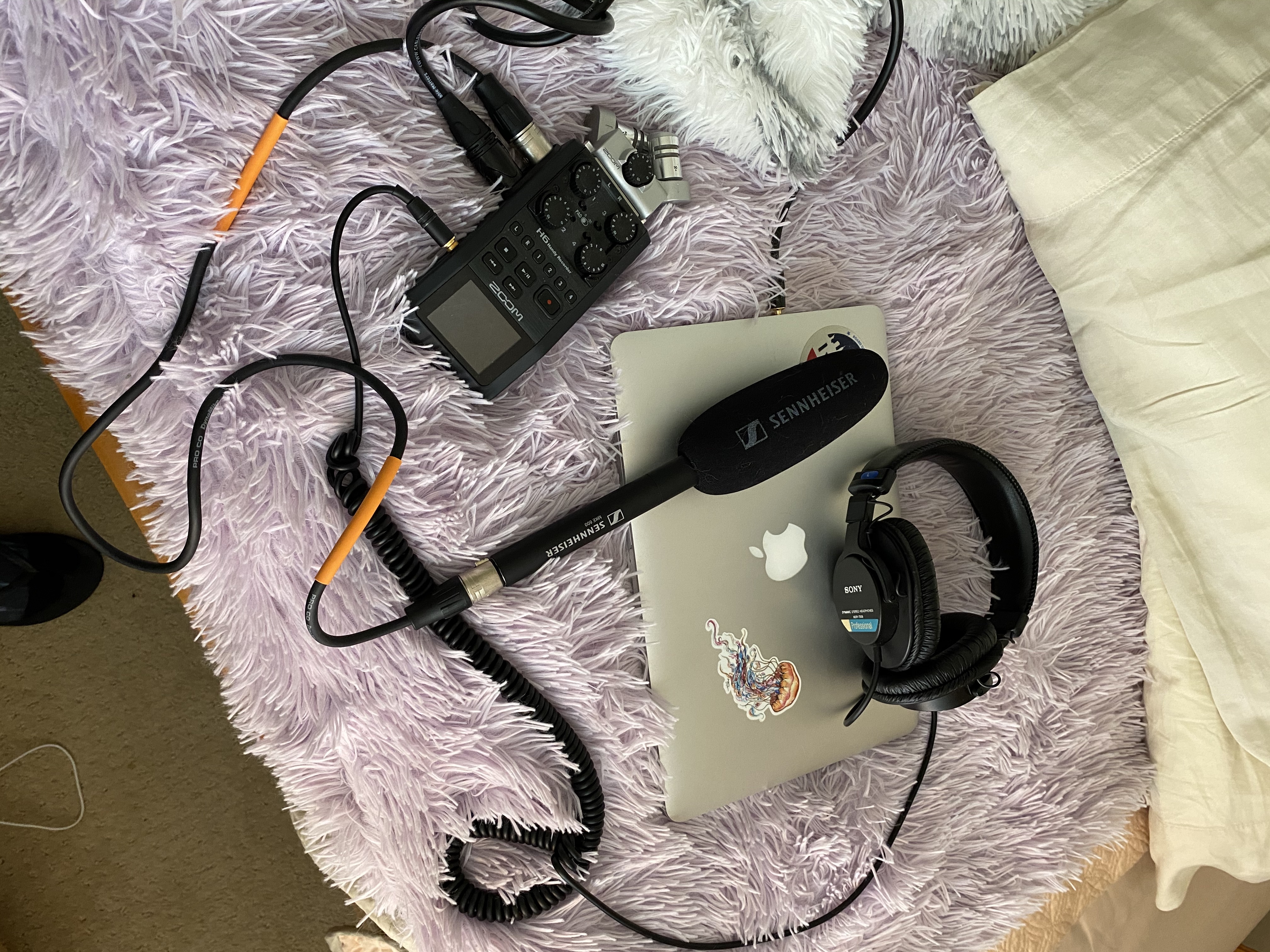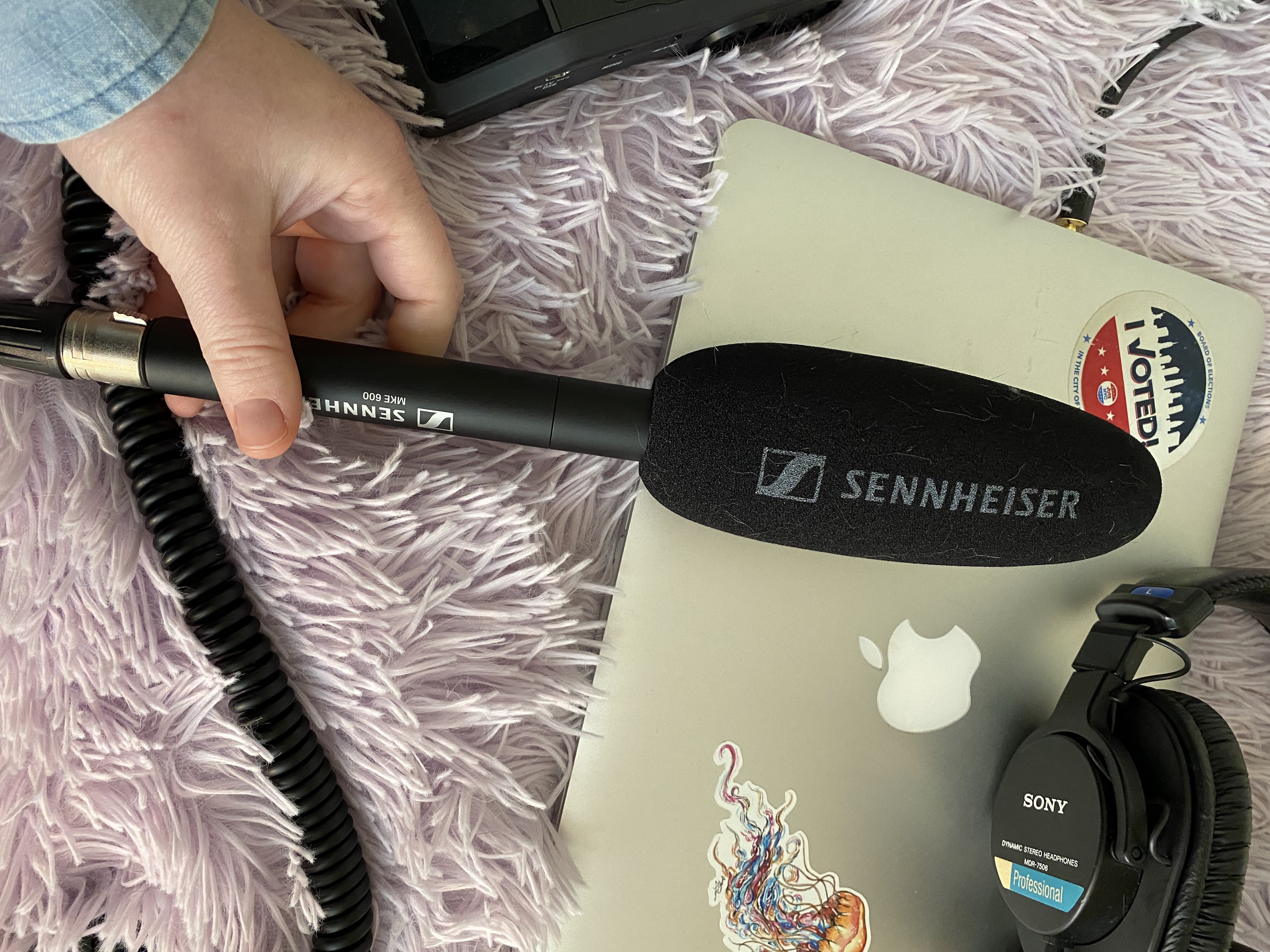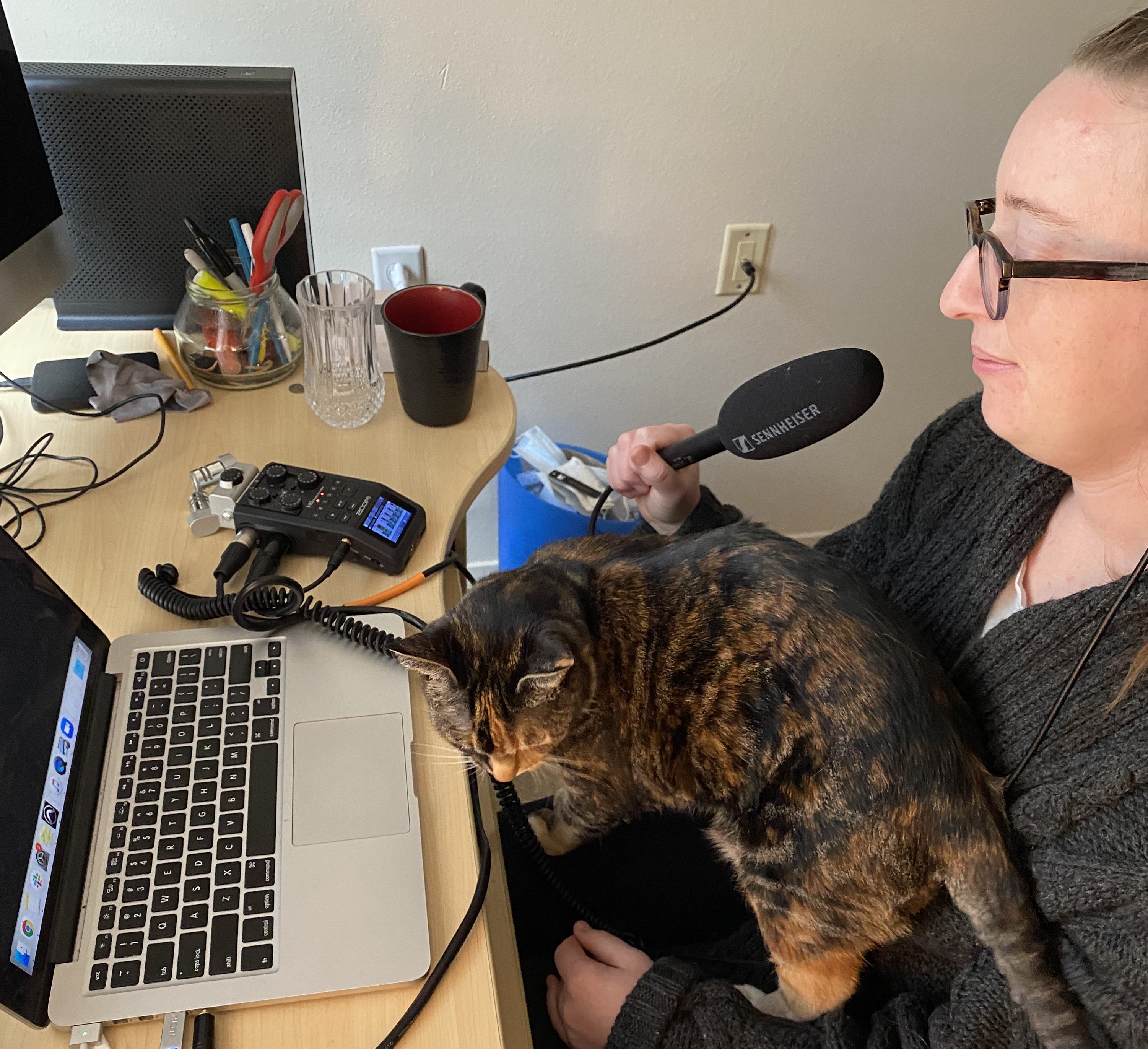Dominik Schiener
Contributor
Dominik Schiener is co-founder and chairman of the
IOTA Foundation. He has been in the blockchain space since 2011, with several startups in Switzerland, the U.K. and Germany. His primary focus is how to improve physical infrastructure with digital infrastructure such as DLT and AI.
More posts by this contributor
Non-fungible tokens (NFTs) are trending hotter than pogs right now, and the number of articles published on the subject in the last few weeks has ballooned into the thousands. So a pardon must be begged at the outset here, but the overlooked potential of token economies is simply too important to let slip away.
NFTs are but one small part of a much larger development in the world of finance capital. What leaves some scratching their heads and chuckling could, within a decade, completely transform the model of investment that has been in place since the rise of Silicon Valley.
Non-fungible what?
NFTs have had a strange first step into the spotlight, bringing wealth to a very small group of people and making most people simply perplexed. Before NFTs are written off as a flash in the pan, it might be worth considering that NFTs were never designed to be very useful in traditional investment frameworks.
It can be hard to imagine how this might all play out, but we are already seeing the outlines of this new economy begin to poke through the dried-out skin of the old model.
An auction house selling a $69 million JPEG is akin to a horse-and-buggy driver strapping a small nuclear reactor to the top of the cab and declaring, “This is an atomic buggy!” as the horse continues to chug along, doing all the work. You’ll get the attention of bystanders, but nothing has fundamentally changed here.
Each of the headline-grabbing NFT sales seen recently are instances of exactly this kind of backward thinking. And the bystanders criticizing the buggy driver and saying, “nuclear reactors are hype,” are not really seeing the long-term implications, or they just don’t like horses.
Whales, dogs and unicorns
From early conceptions of investment as a way to fund transoceanic ship voyages, to the rise of venture capital as we know it today, the entire cosmos of finance capital has remained an elite sport. This is because the current model is based on big investors getting big wins.
Almost the entire world of finance capital is structured on big whales and unicorns, mythical creatures that mere mortals consider themselves lucky to have glimpsed. The word “structured” is chosen here carefully, as the “big-dog” theory of capital is literally built on powerful intermediaries that facilitate the will of these top investors.
The invention of bitcoin is an epochal event in the development of finance. Bitcoin itself has crystallized into merely another playground of power, but the technological tremors it left in its wake are starting to emerge as the real game-changers. Primarily, distributed ledger technologies (DLTs) — of which blockchain is but one instance — are a breakthrough on par with being able to send a message instantaneously to a person on the other side of the world.
DLTs mean that finance capital no longer has a need for powerful intermediaries — or intermediaries of any kind. Middlemen are currently very necessary in order for parties to establish trust in transactions, trades contracts or investments. Paying for the services of these middlemen can be written off as the cost of doing business for large companies and wealthy individuals, but these expenses remain prohibitive barriers for many.
DLTs break down these barriers because trust is established by and built into the very architecture of the network itself. With DLTs, anybody with an internet connection can do big-dog-style business deals at whatever level they can afford, and the way that these deals are transacted is through tokens.
Token economies will be transformative
DLT economies are going to be adopted by all of the major investment players in the next few years as the advantages of decentralizing investment are too numerous to ignore — lower friction for transactions due to automation, much quicker (real-time) results and analysis of market conditions, greater security through transparency, and a higher level of customization for financial products and services. The adoption of decentralized finance by major players will have a net-positive impact for everyone else.
Tokens are the lifeblood of this new system, and non-fungible tokens are just one type of token. In this emerging model, there are payment tokens that behave like money, security tokens that are comparable to stocks, utility tokens that provide functions like space or bandwidth and hybrid tokens that mix these tokens into new forms. If it sounds a bit confusing and exciting, that’s because it is.
The main takeaway to understand here is that tokens are going to replace not just stocks and other investment products but also the entire idea of having middlemen between you and your purchases, whether that middleman is an investment broker, a credit card company, a platform provider or a bank. The decentralized economy is going to be a much more open and direct kind of market.
The rubber hits the road like this
It can be hard to imagine how this might all play out, but we are already seeing the outlines of this new economy begin to poke through the dried-out skin of the old model. These protrusions are most apparent where economic reality doesn’t really make sense.
Think of the emerging gig economy, where nobody really seems to have a steady job anymore, where each of us is some kind of professional mercenary, moving from gig to gig. Think of the huge number of subscriptions that most of us carry like millstones around our necks. Think of the paradoxically frustrating relationship of musicians to streaming platforms, or artists to galleries. Think about the amount of crushing poverty that still remains on our planet.
These are all instances of models of living and working not really fitting into old containers. We can all sense that these aspects of our lives aren’t really functioning optimally, but we can’t quite say why and we certainly don’t know what the solution might look like. Decentralized, tokenized economies have the potential to erase all of these pain points, paradoxes and kludges and replace them with something much more intuitive and elegant.
This new reality is easy to imagine in some of its attributes: Instead of nine different subscriptions, you can just pay directly for the content that you want, when you want it. Instead of artists giving up half of their earnings to galleries or musicians giving, well, all of their earnings to streaming platforms, they now just take direct payment for their work through fluid networks built by and for this type of content. Instead of paying brokers to facilitate your investments, you can now just invest directly in the enterprises that interest you, including formerly out-of-reach sectors like real estate investment. Instead of crushing poverty and fiercely protected borders between classes, we break down barriers and give everyone access to value.
Many of the other developments in a token economy have yet to be imagined, and this is probably the most exciting aspect of all. When we distribute the economy globally, in a way that allows anyone with an internet connection the ability to interact and contribute in a meaningful way, we are unlocking the value of untapped assets that are worth literally trillions of dollars. So what is holding us back, and how do we get there as soon as possible?
The work ahead is very clear
The hardest part of unlocking this new economy has already been achieved — we have the technological understanding of how to distribute and decentralize a system of consensus that combines with a system of digitizing assets for trade and investment.
The remaining work that will actually bring this system online is fairly obvious — first and foremost, we need to take a look at the ecological impacts that this new system has had in its infancy. We should absolutely outlaw mining farms or set the strictest limits for how much of their energy comes from nonrenewables. If the backbone of this new economy is destroying the planet, we need to shut it down before it grows, full stop. The system needs to be ecologically sustainable.
The second most immediate concern is that there are currently no standards, no common network, that the multitude of different cryptocurrencies and tokens agree on. It’s astounding and absolutely frustrating that the various cryptos are hardly even talking about this.
It’s as if we have a bunch of different companies not only inventing the light bulb but also inventing their own light sockets and wiring protocols, and each one is insisting that they are the best and they will win out in the end. Light bulbs are great, but can we please agree on one socket? This beautiful new economy will never get off the ground unless we build a neutral, interoperable network, and this network needs to be feeless and scalable.
The last cause of immediate concern is regulation and legal frameworks. There are too many people still in crypto that have some kind of anarchist’s deathwish to just be completely left outside, and this is not serving the long-term goals of our communities.
I’m all for knocking intermediaries out of the value chain, but this doesn’t automatically entail the establishment of a never-never land that no regulatory agencies are invited to. Legal frameworks for decentralized economies go hand in hand with our ethos of open-source, community-building, transparent operations. We all need to be advocates for thorough and precise regulation of our nascent technology.
With ecology, interoperability and regulation as our watchwords, we can begin work on building the actual apps and other infrastructure that will allow users to leverage the power of a new economy. The uses are limitless, from selling excess electricity to your regional smart power grid, to investing in your favorite artists’ network, to accepting direct payment for your own labor, to — yes — buying NFTs, which will make a lot more sense in the new economy.

Source: Tech Crunch











